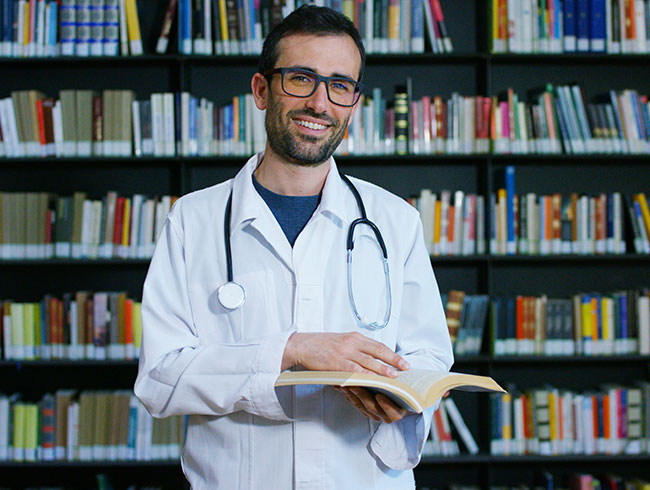


In normal people, the spine runs straight down the back, but in people with scoliosis, the backbone tends to curve to one side. You will notice that such people appear to be leaning towards one side when standing or have shoulders or hips that aren’t in alignment.
This sideways curvature becomes prominent during the growth spurt just before puberty and a curvature angle greater than 10 degrees is defined as scoliosis with doctors using the letters ‘C’ or ‘S’’ to describe the curvature. In most cases, the curve is mild, but in some cases, it can worsen and become debilitating, in which case, a brace or surgery may be recommended. Most cases of scoliosis are mild, but in some children, the condition can worsen and reduce the space inside the chest cavity. Such children need to be followed-up closely, usually with x-rays, to determine if treatment is needed.
Causes – In 80% of cases, scoliosis is termed as idiopathic as doctors can’t determine the cause. However, some cases do have a clear cause; in non-structural scoliosis, the spine works normally, but looks curved. Possible reasons are one leg being longer than the other, muscle spasms or inflammations like appendicitis. Such cases of scoliosis normalize after the root cause is treated.
In structural scoliosis, the curvature is rigid and irreversible. Possible causes include neuromuscular conditions like cerebral palsy and muscular dystrophy, tumors, infections or injuries of the spine, birth defects and genetic conditions like Down’s syndrome. In some unfortunate cases, scoliosis may develop in the womb itself as the baby’s back develops before birth. Such cases of congenital scoliosis may be due to incomplete formation of the vertebral bones or their failure to divide properly. The condition is usually detected between the ages of 10-15, with girls being more prone to its worsening and needing treatment.
Older adults are also prone to developing the degenerative form of scoliosis – usually in the lower back as the disks and spines start to wear out with age.
There is a myth going around that scoliosis can be developed due to childhood sports injuries, poor posture or carrying heavy school backpacks. All these are however, untrue.
There can be some complications of the heart and lung as the abnormally shaped rib cage may press upon them making breathing or pumping actions harder. Also, adults who had scoliosis during childhood are more likely to have back pain when older. The uneven shape of the torso can also make people with scoliosis feel self-conscious and lower their self-esteem.
Treatment – Most children with scoliosis do not require treatment, but 4-6 months periodic check-ups to detect changes are needed. Girls are more at risk of progression of the curve than boys and the larger the curve, the worse it’s likely to get with time. A double-curved ‘S’ shape has a worse prognosis than the ‘C’ shape. And while maturity might mean the risk of curve worsening is lower, it also means that braces will have the best effect while the child is still growing.
A brace doesn’t cure or reverse scoliosis, but prevents further progression. Ideally braces should be worn both day and night, and discontinued once the child has stopped growing.
Rarely is surgery recommended for scoliosis, but the commonest type is called spinal fusion when two or more vertebrae are fused together so they can’t move independently. A rod may also be inserted at the top and bottom of the curve in children to keep the spine growing straight.